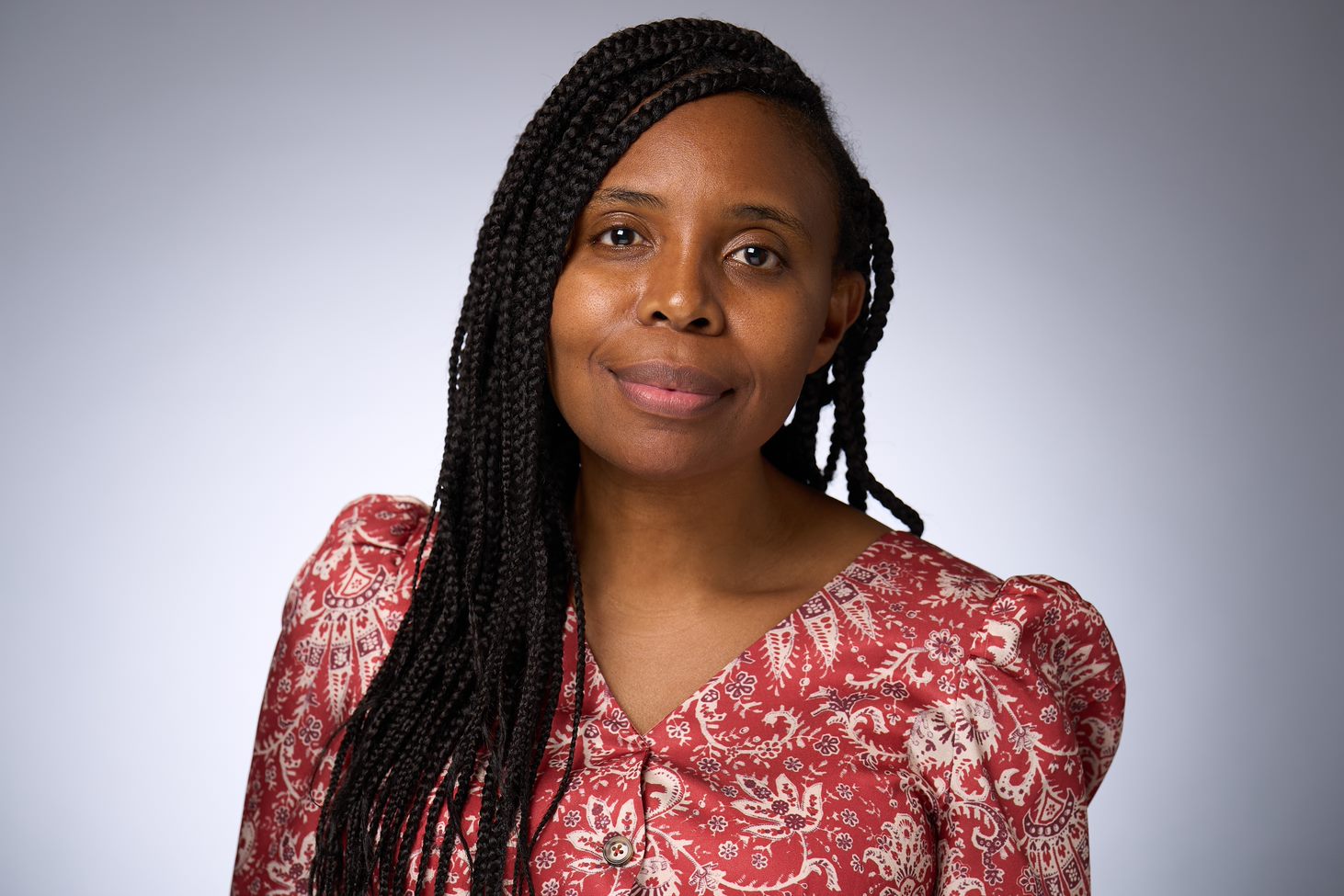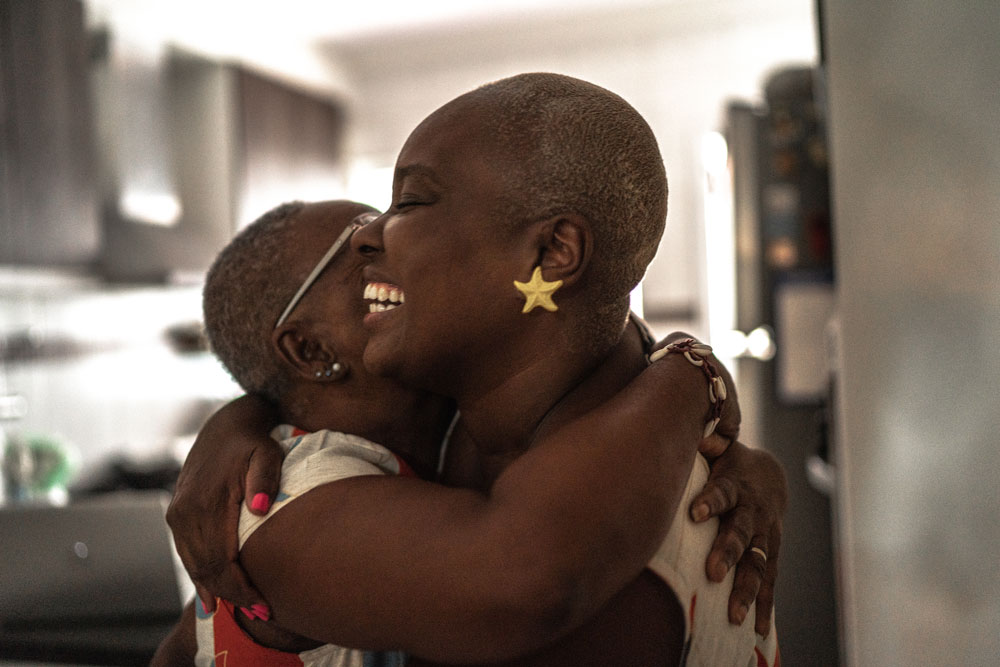Xoli Belgrave appointed to lead Parexel’s Clinical Trial Diversity, Equity & Inclusion strategy
 Xoli Belgrave was recently appointed to a newly created role of Senior Director, Patient Engagement and Head of Clinical Trial Diversity, Equity & Inclusion. Read on to learn how Xoli came to join the clinical research industry, her perspective on the importance of diversity in clinical trials and the impact she hopes to make in her new role.
Xoli Belgrave was recently appointed to a newly created role of Senior Director, Patient Engagement and Head of Clinical Trial Diversity, Equity & Inclusion. Read on to learn how Xoli came to join the clinical research industry, her perspective on the importance of diversity in clinical trials and the impact she hopes to make in her new role.
1. What is your experience in healthcare and clinical research?
I stumbled into clinical research in 1999 while finishing my Master’s in Neuroscience. At the time, I had been involved in academic research, worked with HIV charities and spent time in the hospital setting as a healthcare assistant and auxiliary nurse. When I stumbled into clinical research, it was really in the context of knowing that I didn’t want to work in a lab, but knew that I wanted to be in a place where I made things better for patients. That’s how I ended up in the industry as a trainee CRA. From there I worked in different areas, such as a clinical lead, project manager, learning and development roles and other strategic roles. This ultimately led me to Patient Engagement at Parexel, which I’m really excited about because it brings me even closer to the patient.
2. Can you speak a little bit about your new role as Head of Clinical Trial Diversity, Equity & Inclusion?
Clare Grace joined Parexel as our Chief Patient Officer during the height of the pandemic and since that time has been building our strength in the patient space. My role is also timely because the industry is paying more attention to patient inclusion. While Parexel has always been patient-centered and a leader in patient inclusion, with my role, we can really focus, build a strategy around it and partner with Clinical Development to operationalize. I’m excited about this prospect and am enjoying working with a wide range of talented people across the organization and with our customers and patient groups. It’s fantastic.
3. Can you speak a little bit about the importance of diversity in clinical trials?
Clinical research plays an important role in developing new therapies safely and effectively and in opening up treatment options for patients. First, for safety and efficacy, we need to have a wider pool of volunteers in the clinical development process so that we can be certain that a drug is safe and that it works in the diverse patient populations who will use it. Safety and efficacy are critical, and diversity in clinical trials really makes that possible.
Second, with health equity, while I live in the UK where we have universal healthcare, this type of payer system is not everywhere. Even in countries with universal healthcare, there is still a need for access to trials so that patients in areas like oncology and rare disease have a better chance of receiving new, innovative treatments that they wouldn’t receive through universal healthcare or another payer system. The idea of clinical trials as a care option is really around equity and health, and that’s really important to me. Equity is a personal value, so this role aligns with my values.
4. Can you speak a little bit about Parexel’s commitment to increasing diversity in clinical research?
Parexel’s Patients-First value is at the foundation of what we do. Clinical trial DEI brings this value to life and demonstrates that at Parexel, we want to create a space where we can include the whole patient in the clinical development journey. The work we do is focused on thinking about the person behind the patient, with all their intersectionalities, and considering the barriers that might prevent patients from accessing clinical trials as a treatment option.
5. At Parexel, we do everything With HeartTM. What does this mean to you and how do you plan to model this in your new role?
For me, With HeartTM means doing everything authentically, wholeheartedly and with all the energy I have. It also means always remembering why I’m here. It’s not work just to tick a box — it’s all about the patient.
6. What are you most looking forward to in your new role?
I’m most looking forward to watching the landscape change and seeing patients in trials who would not have participated 20+ years ago.
7. What do you enjoy doing in your spare time?
I love hanging out with my family — my 14-year-old daughter, 17-year-old son, my husband and our extended family and friends. Everybody who knows me knows that I love cooking and entertaining my family and friends. I enjoy walking, hiking and a variety of movies ranging from African films to the Avengers. I’m also in the third year of my PhD in organizational change that Parexel is sponsoring so technically, I don’t really have ‘spare time’ these days!






